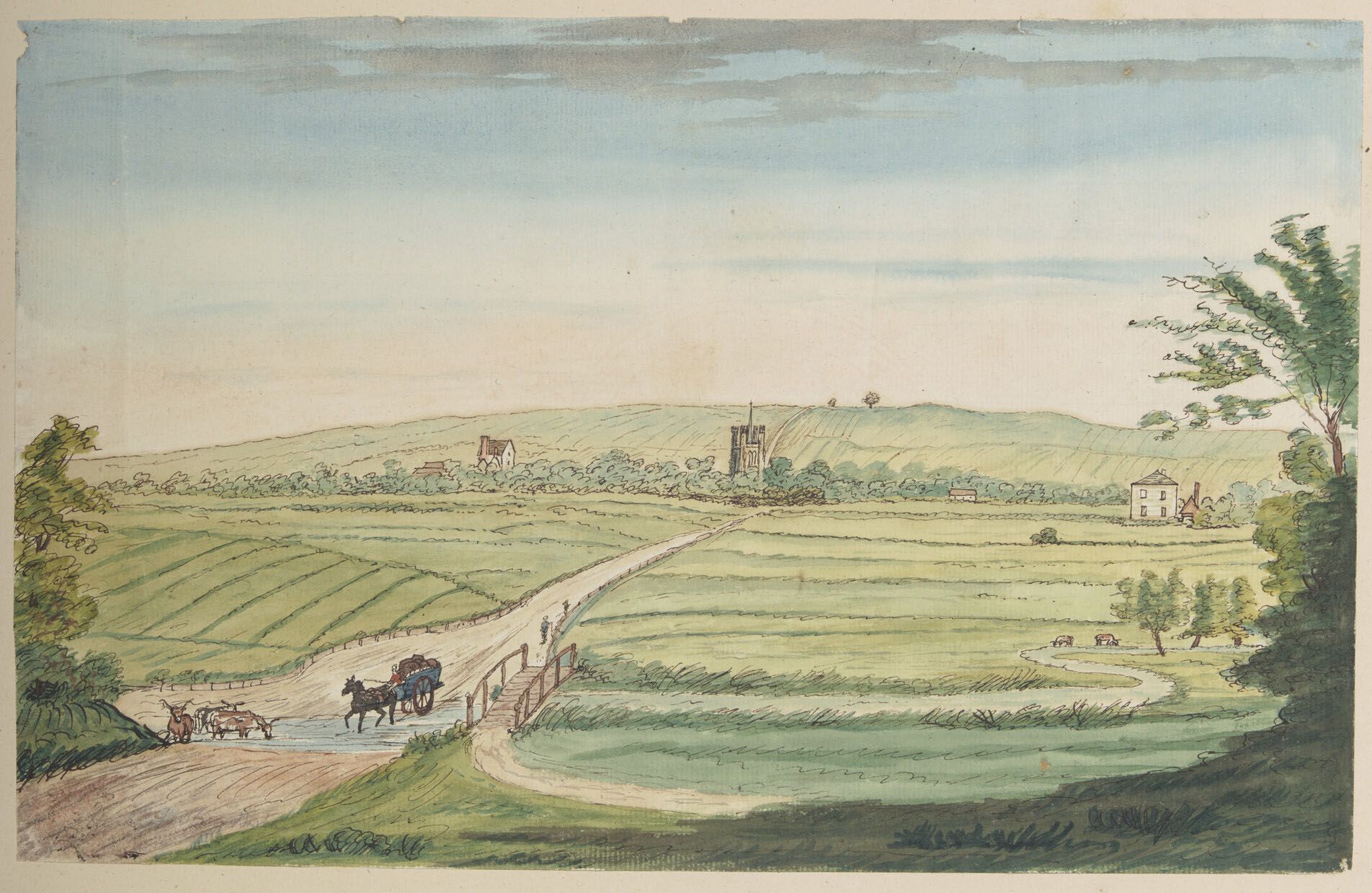Drawing Cambridgeshire
A collection of drawings by local amateur artist Richard Relhan, showing the history of Cambridgeshire, has been added to the Cambridge Digital Library
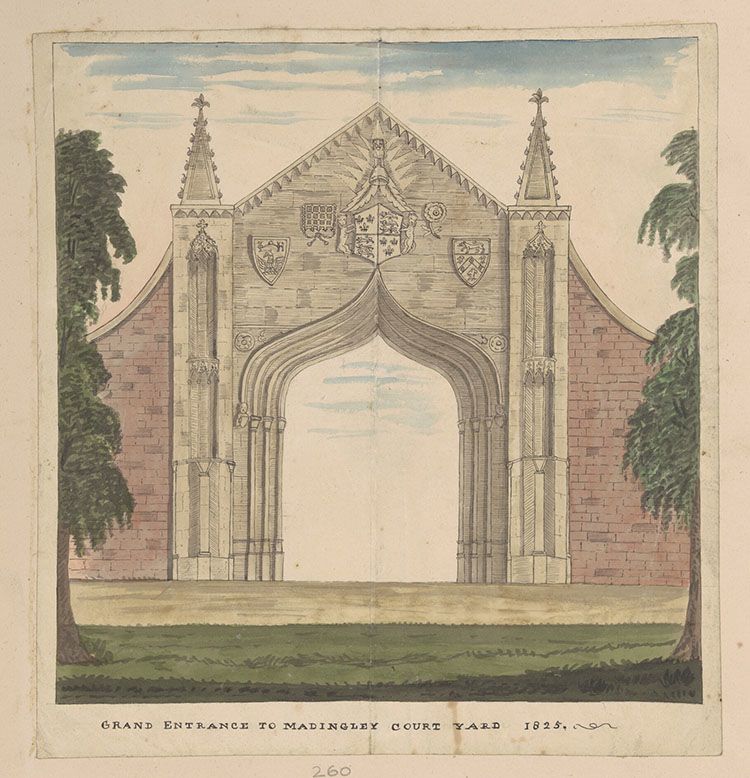
Thanks to the generosity of the Cambridge Antiquarian Society (CAS) over 350 drawings by local apothecary and gifted amateur artist, Richard Relhan have been digitised and are available to all on the Cambridge Digital Library.
The drawings, mainly of local buildings and countryside, date from 1797-1838 and are an impressive record of buildings and landscapes that were soon to go through expansive change.
His topographical drawings capture a time just before the Victorian restoration – the widespread and extensive refurbishment and rebuilding of Church of England churches and cathedrals which took place in England and Wales during the 19th-century reign of Queen Victoria.
Richard Anthony Relhan was baptised in 1782 but very little is known about his life. Despite living in central Cambridge in among the colleges of the University, Relhan was not part of the academic world.
He was a humble man: unknown as an artist, struggling to pay bills, sharing crowded accommodation with siblings and never marrying, but a supportive member of a large family and dedicated to his private hobby.
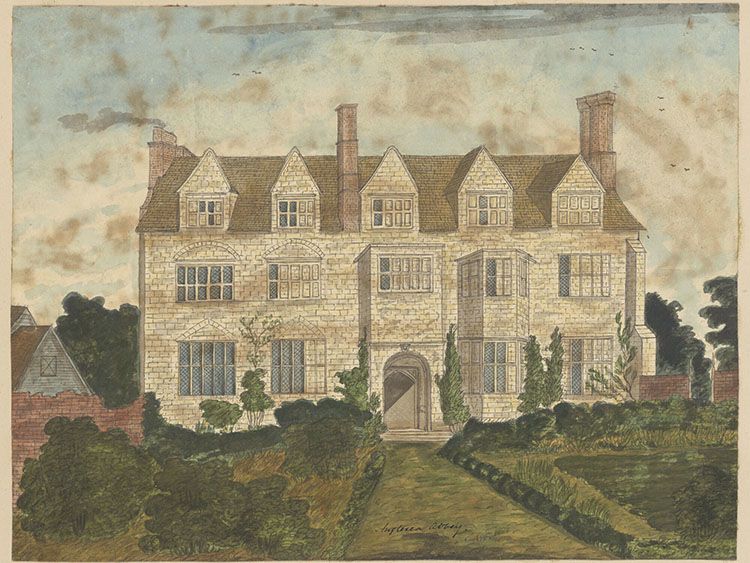
Front view of Anglesey Abbey. Credit: Cambridge Antiquarian Society/Cambridge University Library
Front view of Anglesey Abbey. Credit: Cambridge Antiquarian Society/Cambridge University Library
Most of the sites Relhan chose to draw are located in South Cambridgeshire, places such as Abington, Babraham and Bottisham but also included in the collection are drawings of Anglesey Abbey and King’s College Chapel as well as other churches in Barton, Chesterton and Cherry Hinton.
There are surprisingly few Relhan scenes of Cambridge, considering he was living over the road from major colleges. However, he had access into several colleges to record their heraldry, memorials and items such as Henry VII’s cloth of gold hearse cloth.
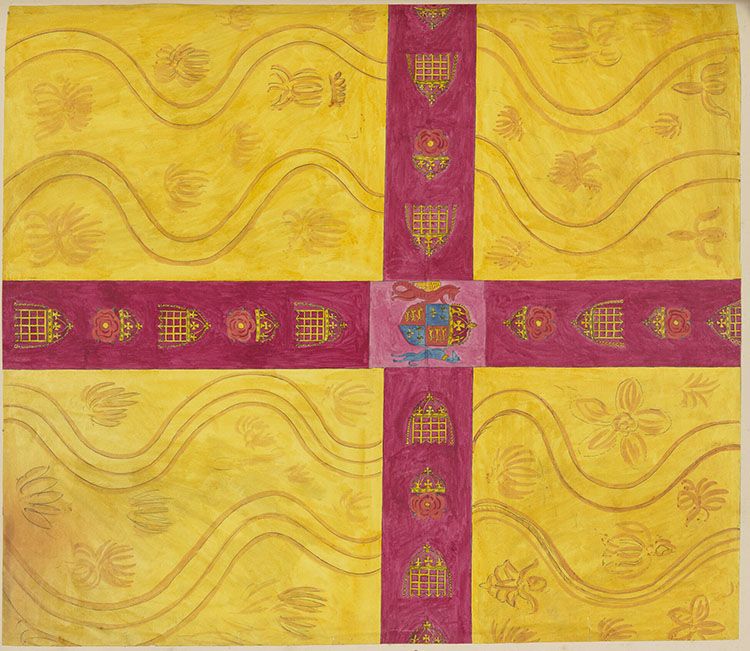
Hearse cloth of Henry VII. Credit: The Fitzwilliam Museum
Hearse cloth of Henry VII. Credit: The Fitzwilliam Museum
Richard Relhan died in King Street Cambridge in 1844 and his drawings came into the possession of the Revd. John James Smith, antiquary and Fellow of Caius College, who gave them to CAS of which he had been a founder member in 1839.
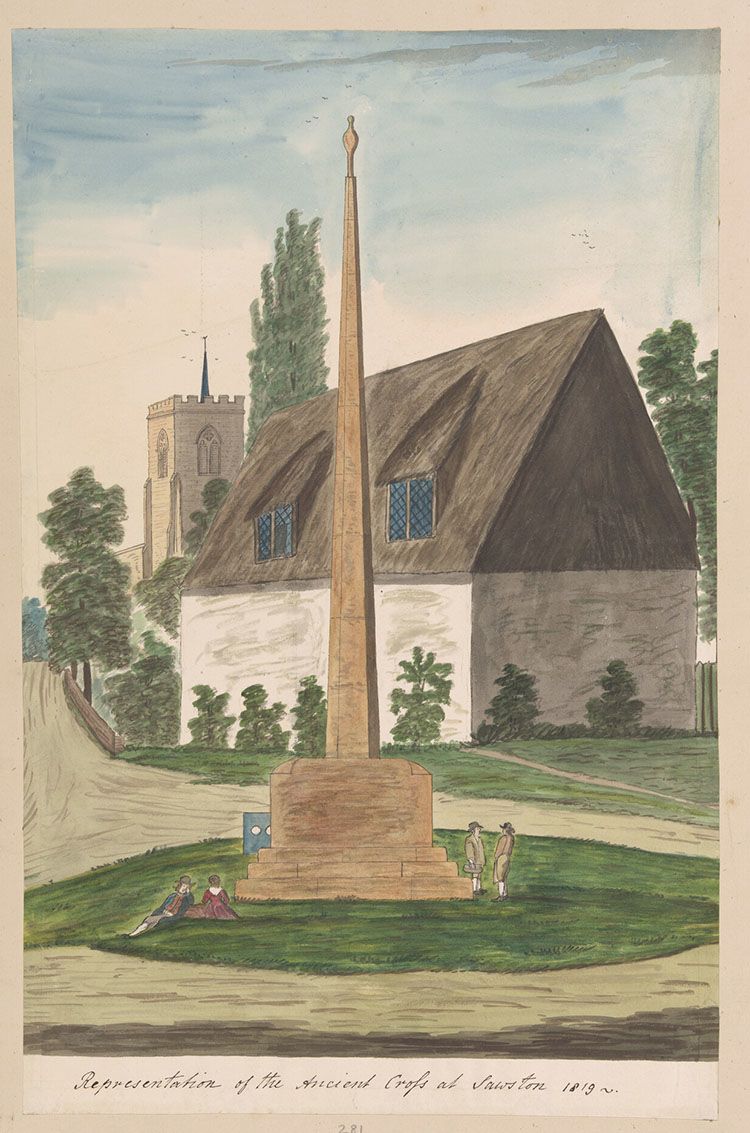
Sawston village cross and stocks, showing St Mary's Church in background. Credit: Cambridge Antiquarian Society/Cambridge University Library
Sawston village cross and stocks, showing St Mary's Church in background. Credit: Cambridge Antiquarian Society/Cambridge University Library
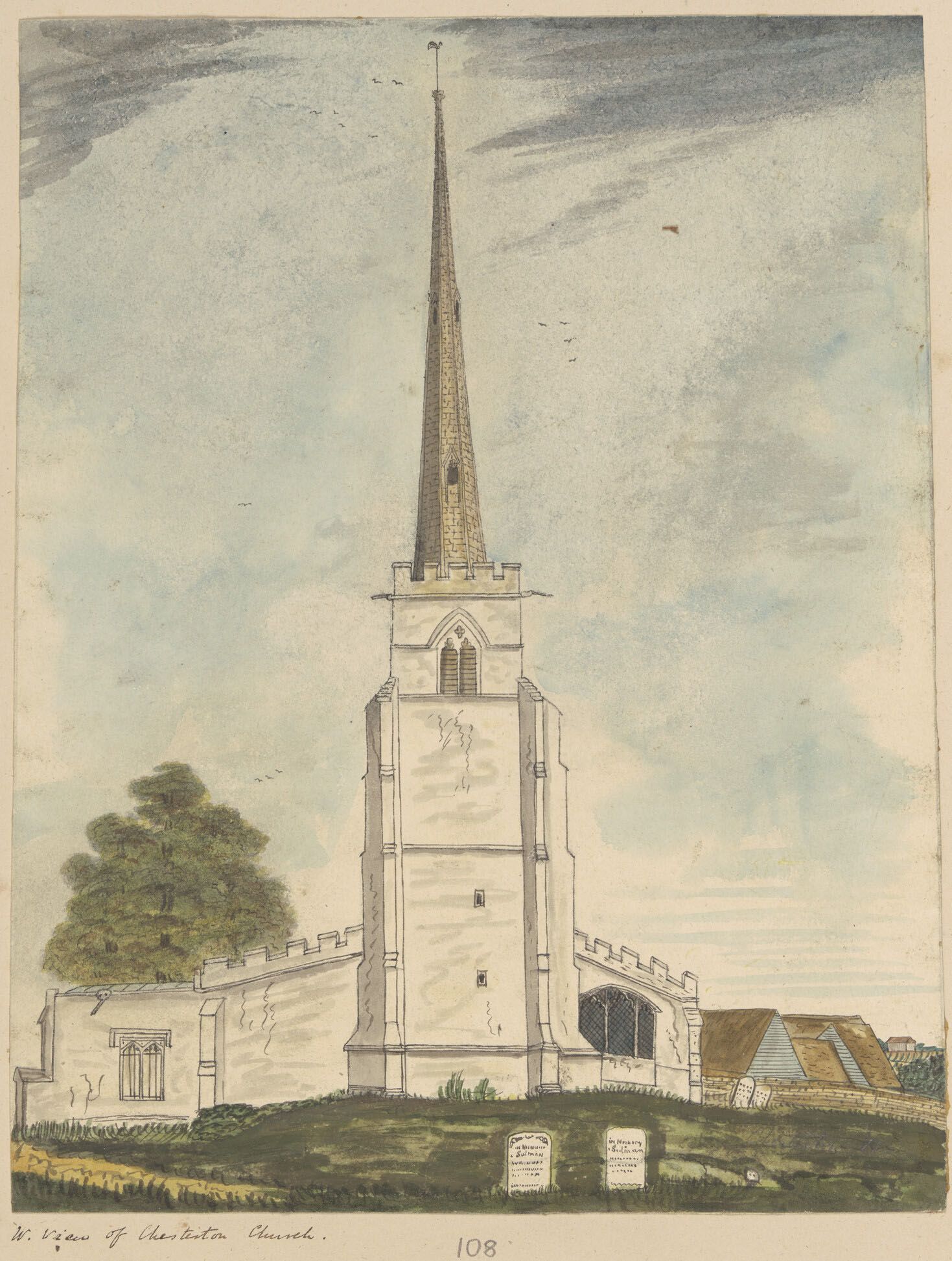
St Andrews Church in Chesterton. Credit: Cambridge Antiquarian Society/Cambridge University Library
St Andrews Church in Chesterton. Credit: Cambridge Antiquarian Society/Cambridge University Library
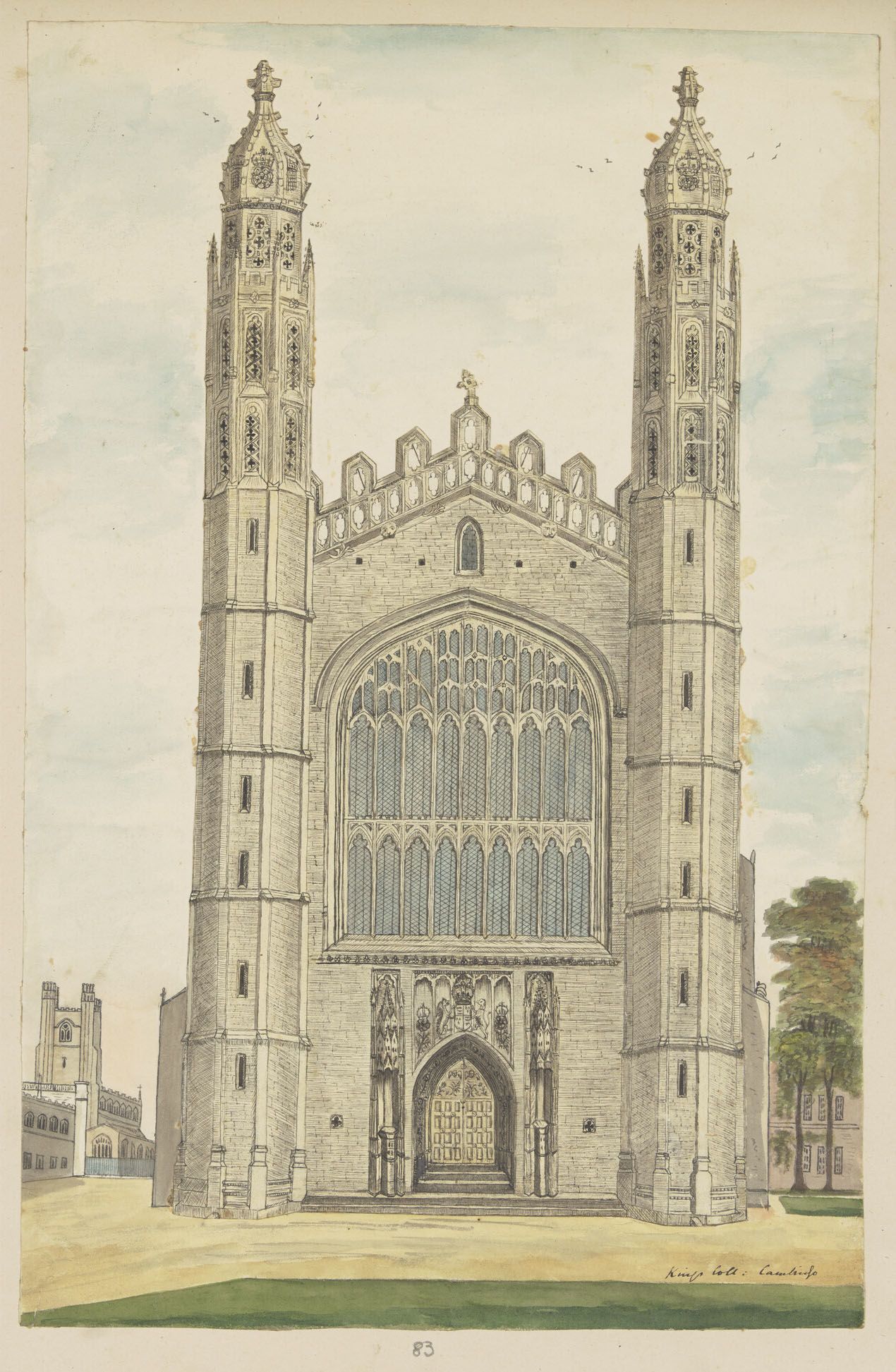
The west doorway of King's College, Chapel. Credit: Cambridge Antiquarian Society/Cambridge University Library
The west doorway of King's College, Chapel. Credit: Cambridge Antiquarian Society/Cambridge University Library
Anne Taylor, Head of the Map Department at Cambridge University Library said, "I'm absolutely delighted that these views are now readily available to a wider audience.
"I'm also in awe of the work undertaken by the Cambridge Antiquarian Society in compiling the additional information and taking the modern photographs, both of which add so much to the value and enjoyment of the digitised collection."
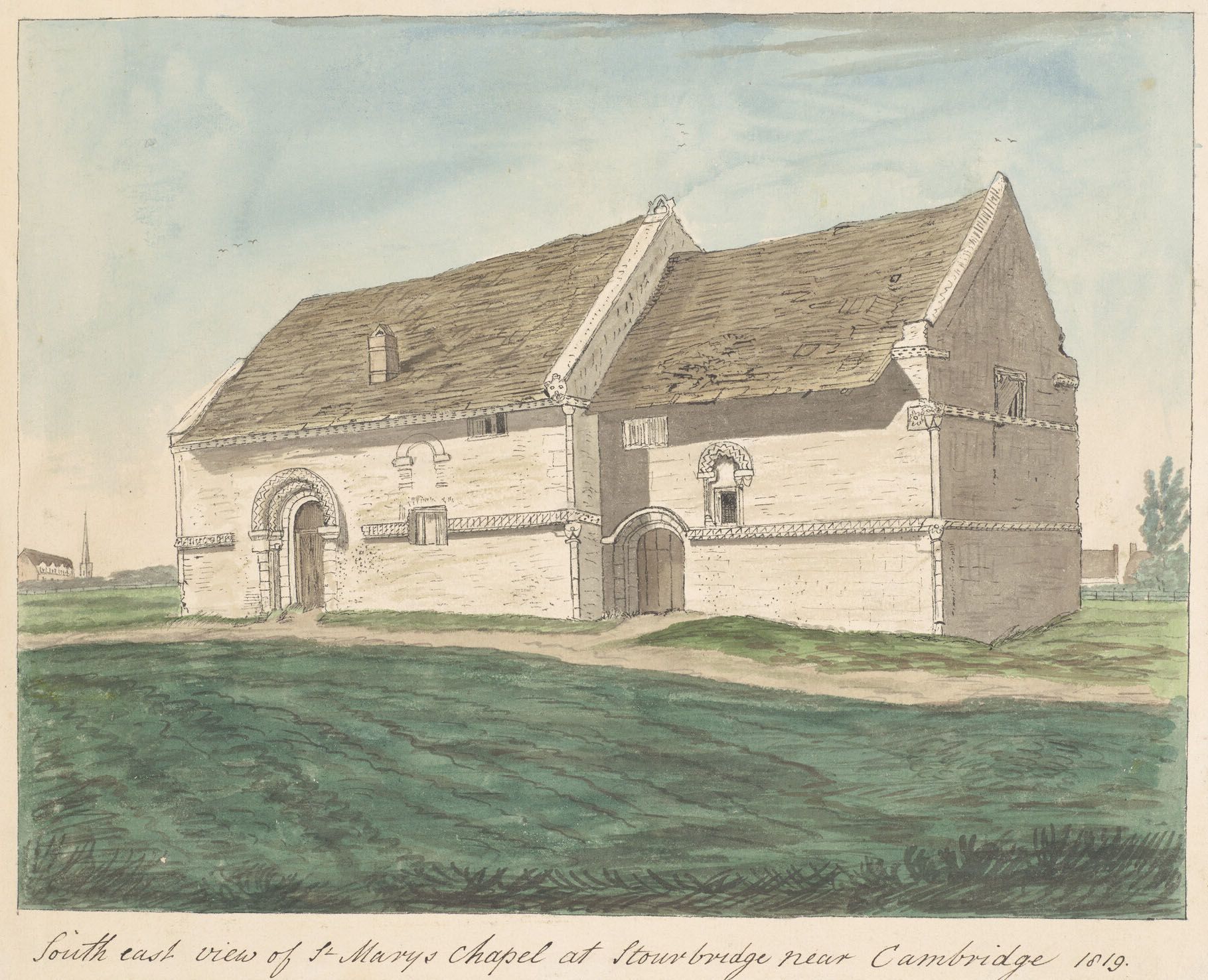
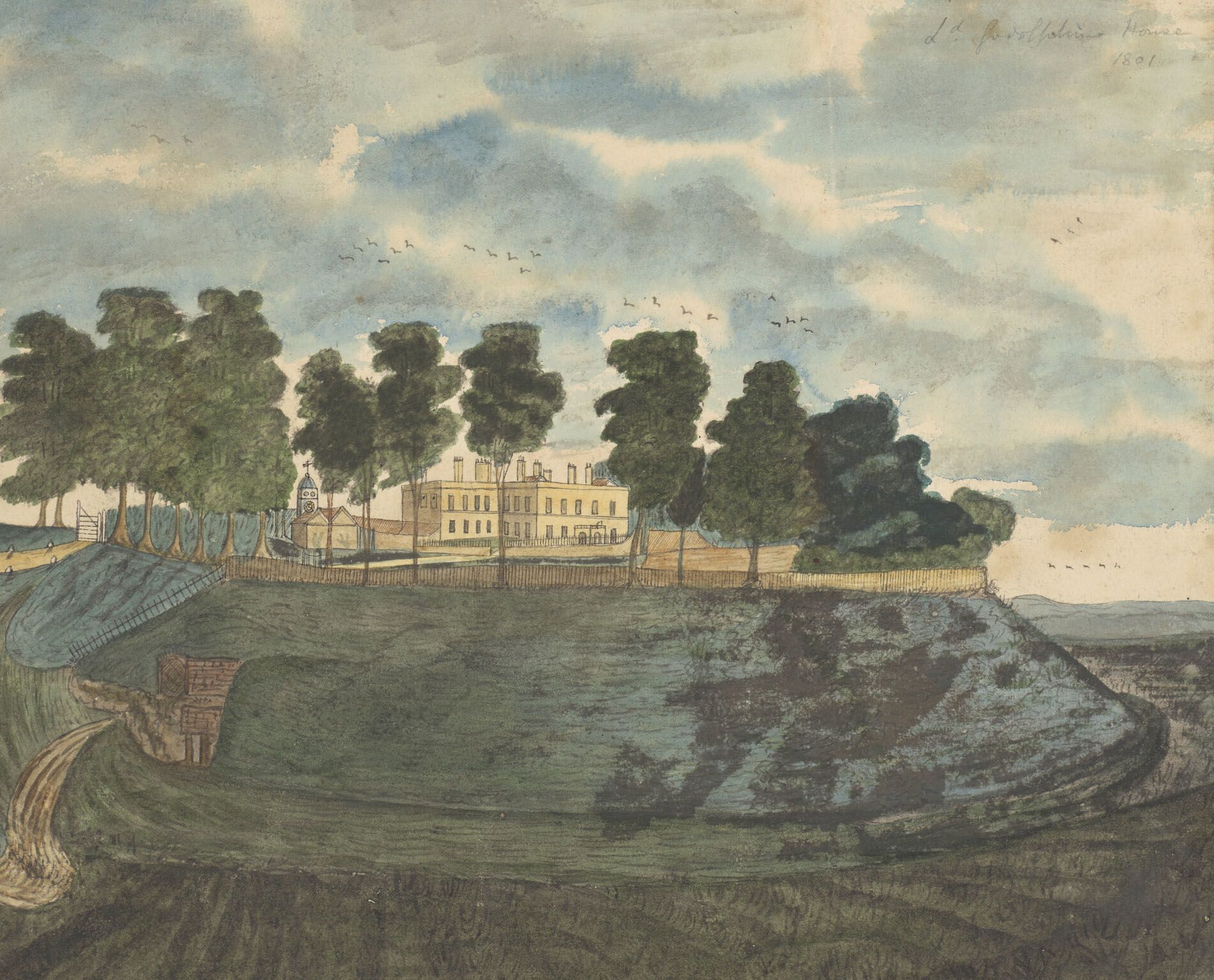
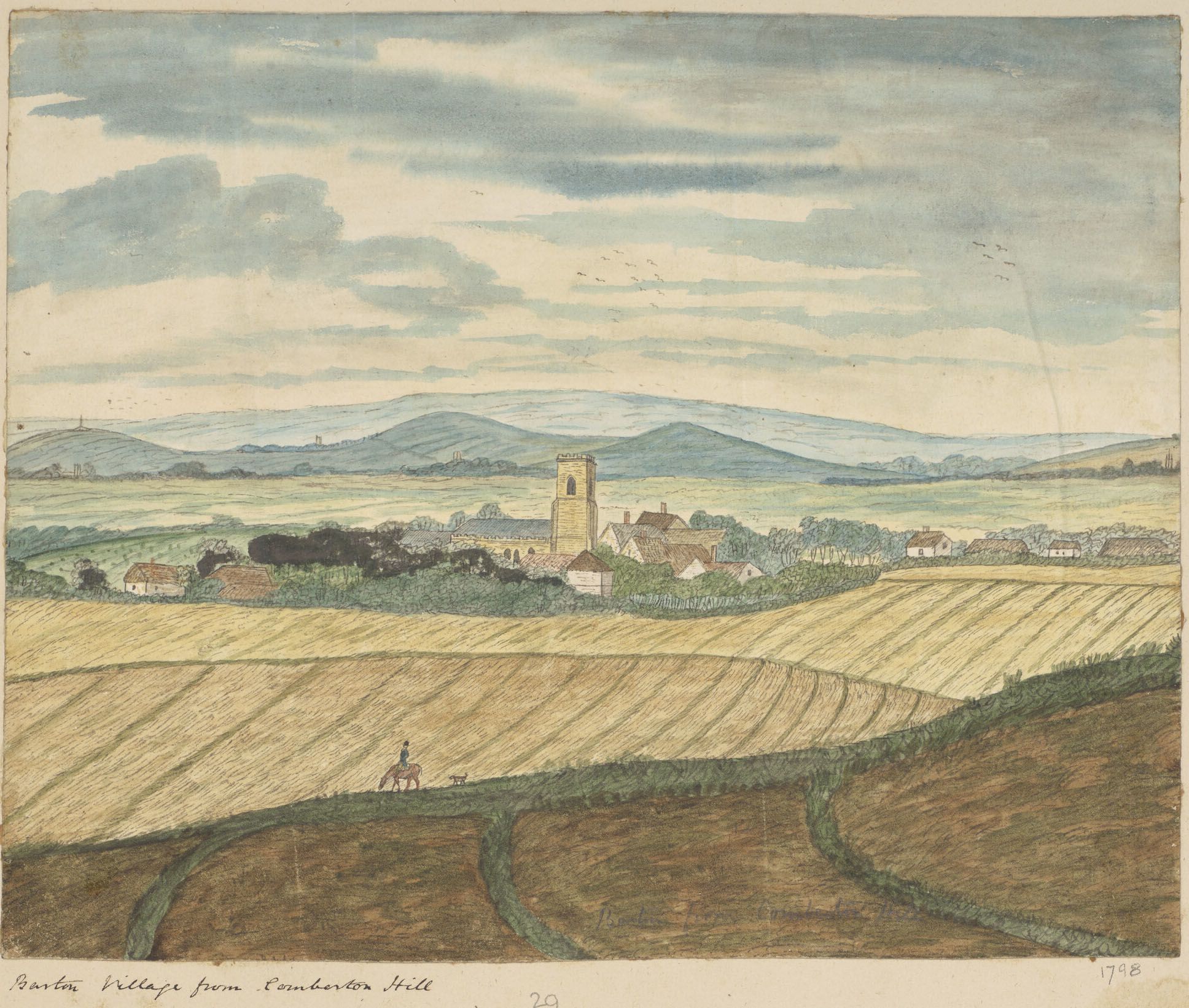
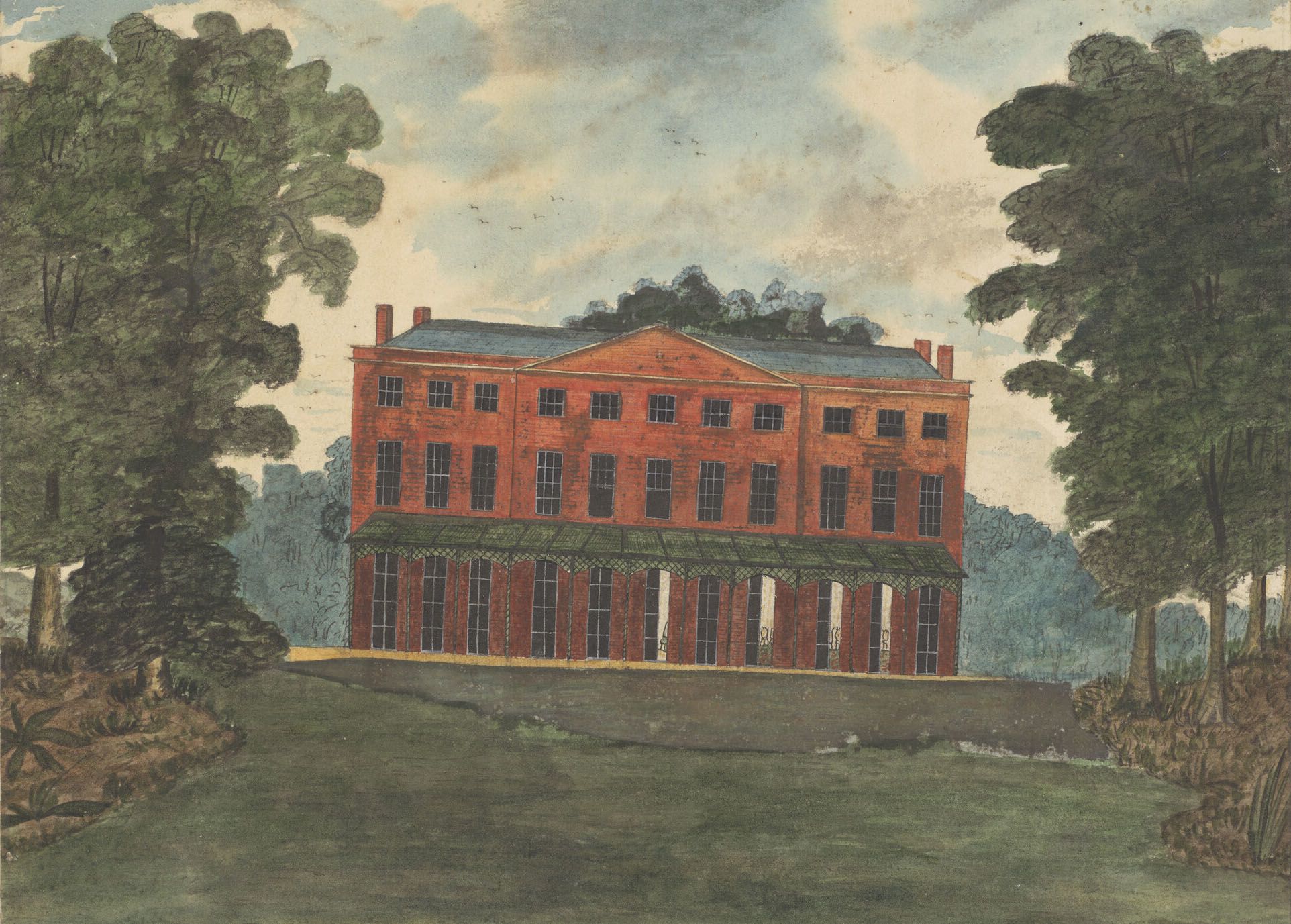

The Leper Chapel, Stourbridge, Cambridge from 1818. Credit: Cambridge Antiquarian Society/Cambridge University Library
The Leper Chapel, Stourbridge, Cambridge from 1818. Credit: Cambridge Antiquarian Society/Cambridge University Library

Iron Age hill fort at Wandlebury. Credit: Cambridge Antiquarian Society/Cambridge University Library
Iron Age hill fort at Wandlebury. Credit: Cambridge Antiquarian Society/Cambridge University Library

Views from the village of Barton, looking north to Comberton. Credit: Cambridge Antiquarian Society/Cambridge University Library
Views from the village of Barton, looking north to Comberton. Credit: Cambridge Antiquarian Society/Cambridge University Library

Abington Hall. Credit: Cambridge Antiquarian Society/Cambridge University Library
Abington Hall. Credit: Cambridge Antiquarian Society/Cambridge University Library
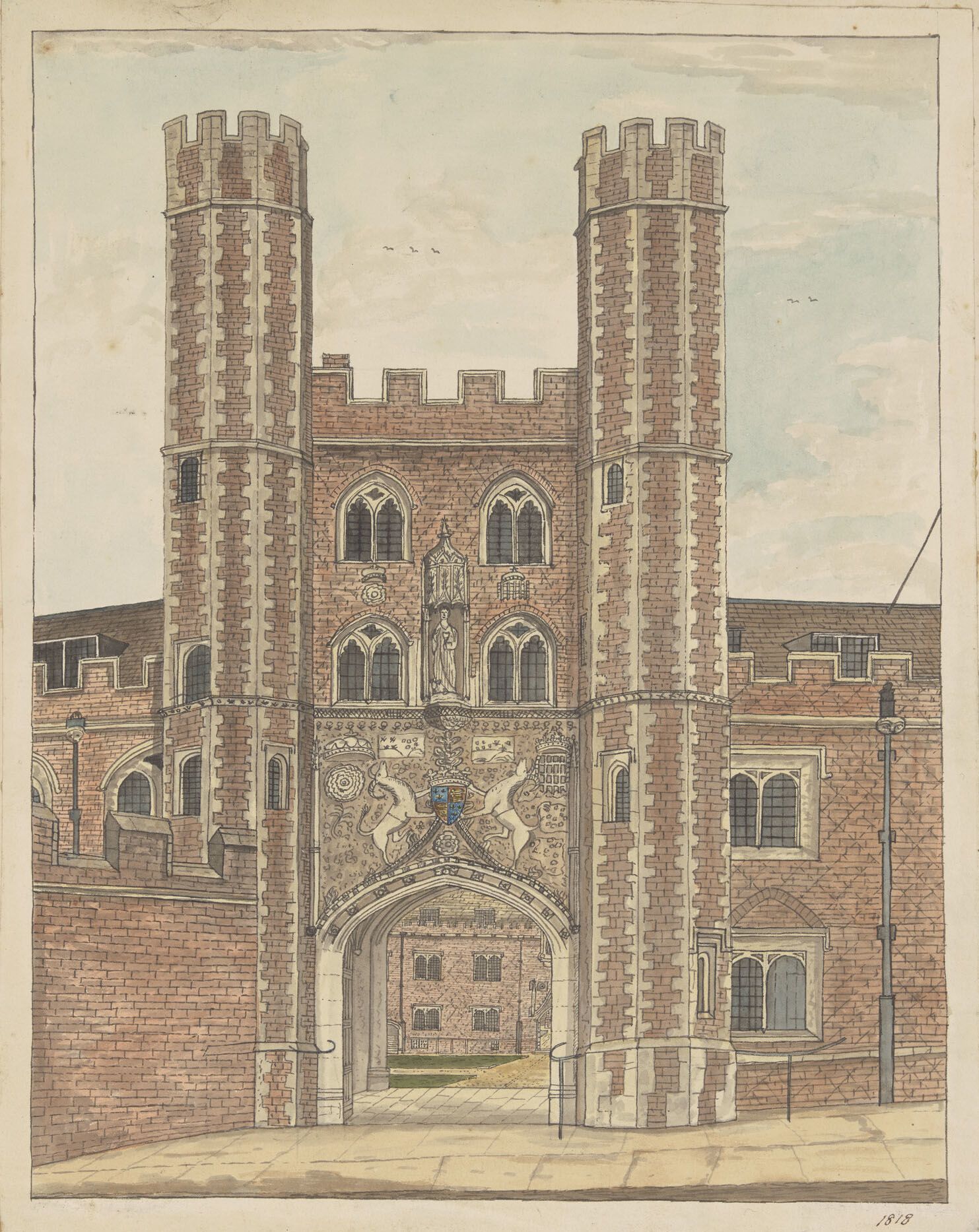
Entrance to St John's College, Cambridge, 1818. Credit: Cambridge Antiquarian Society/Cambridge University Library
Entrance to St John's College, Cambridge, 1818. Credit: Cambridge Antiquarian Society/Cambridge University Library
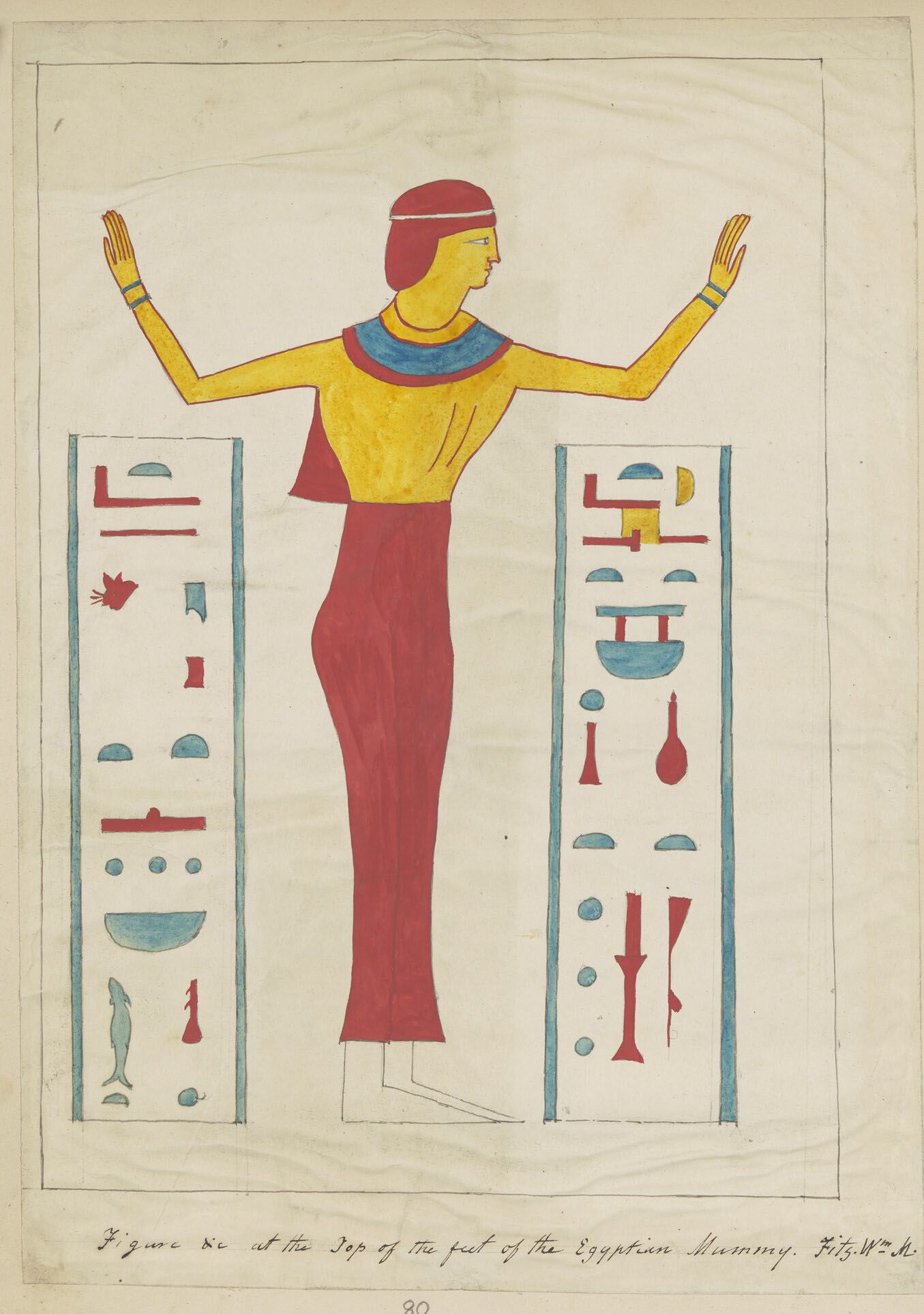
A drawing of an Egyptian coffin in the Fitzwilliam Museum. Credit: Cambridge Antiquarian Society/Cambridge University Library
A drawing of an Egyptian coffin in the Fitzwilliam Museum. Credit: Cambridge Antiquarian Society/Cambridge University Library
In 1883, the Society gave its collections, including books and artefacts, to the University of Cambridge to found a new ‘Museum of General and Local Archaeology’ in Little St Mary’s Lane, now the Museum of Archaeology and Anthropology in Downing Street.
In 1909, Relhan’s drawings were rediscovered by Cambridge undergraduate Gerald Montagu Benton who wrote a short piece in The East Anglian magazine in the hope of raising interest in the collection:
“The attention of the Secretary of the Cambridge Antiquarian Society has been called to these drawings, and it is hoped an index of them will be printed in PCAS, thus making it available to the student.”
To which the Editor of the magazine replied:
“We are very glad to have our attention drawn to this valuable collection of drawings, so long out of sight and mind. Haslingfield, Horseheath and several other parishes are particularly well illustrated.”
By 1915, Benton had compiled, identified and catalogued the items in the manner we now have. An exhibition of the collection took place in 1920, but it was not until 1934 that typed copies of the catalogue were made, with copies presented to Cambridge University Library and Cambridge Public Library.
It was in 1977 that CAS decided that the society’s collections needed to be stored in more appropriate conditions, and after a short time at the Fitzwilliam Museum, the Relhan albums were moved to the Map Department at the University Library where they remain today and where they have been consulted by architects, archaeologists and local historians.
After a generous bequest from past President of CAS, Professor Mary Hesse, the Council of the Society agreed to use the funds to digitise the Relhan drawings so that they could appear free to view on the Cambridge Digital Library.
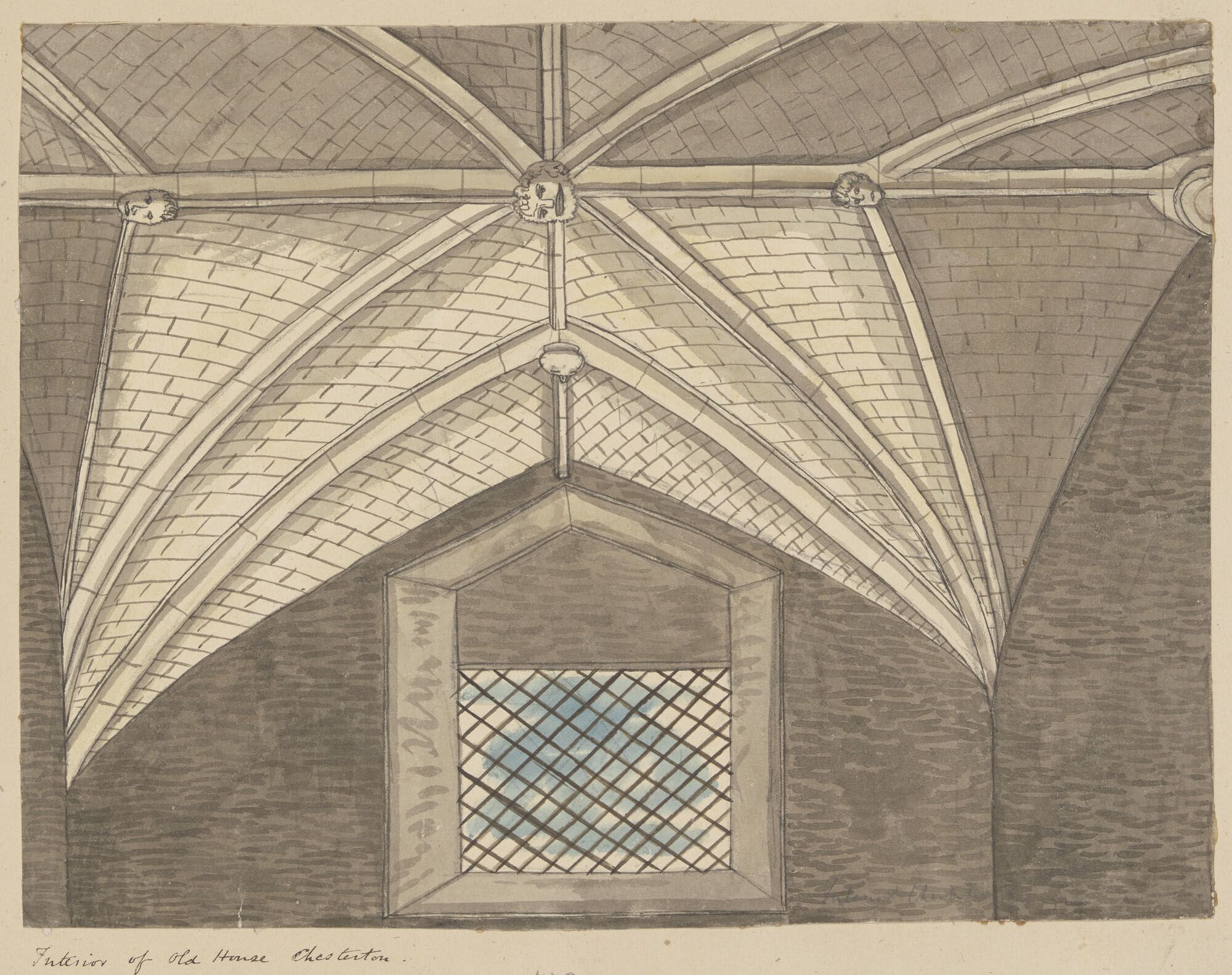
Interior view of Chesterton Tower showing groined roof. Credit: Cambridge Antiquarian Society/Cambridge University Library
Interior view of Chesterton Tower showing groined roof. Credit: Cambridge Antiquarian Society/Cambridge University Library
Alison Taylor, from the Cambridge Antiquarian Society said, “When I came to work in Cambridge as County Archaeologist in 1974 John Pickles showed me the treasures of the CAS Room, including drawers that contained the Relhan Collection. I was so impressed I was sure they should be published.
“Thanks to Mary Hesse’s bequest and the online capabilities of Cambridge University Library this has been achieved. We hope it is worth the wait.”
Taylor has photographed almost all the sites so that they can be compared with those drawn 200 years ago, and has annotated them, including the history and present state of each site.
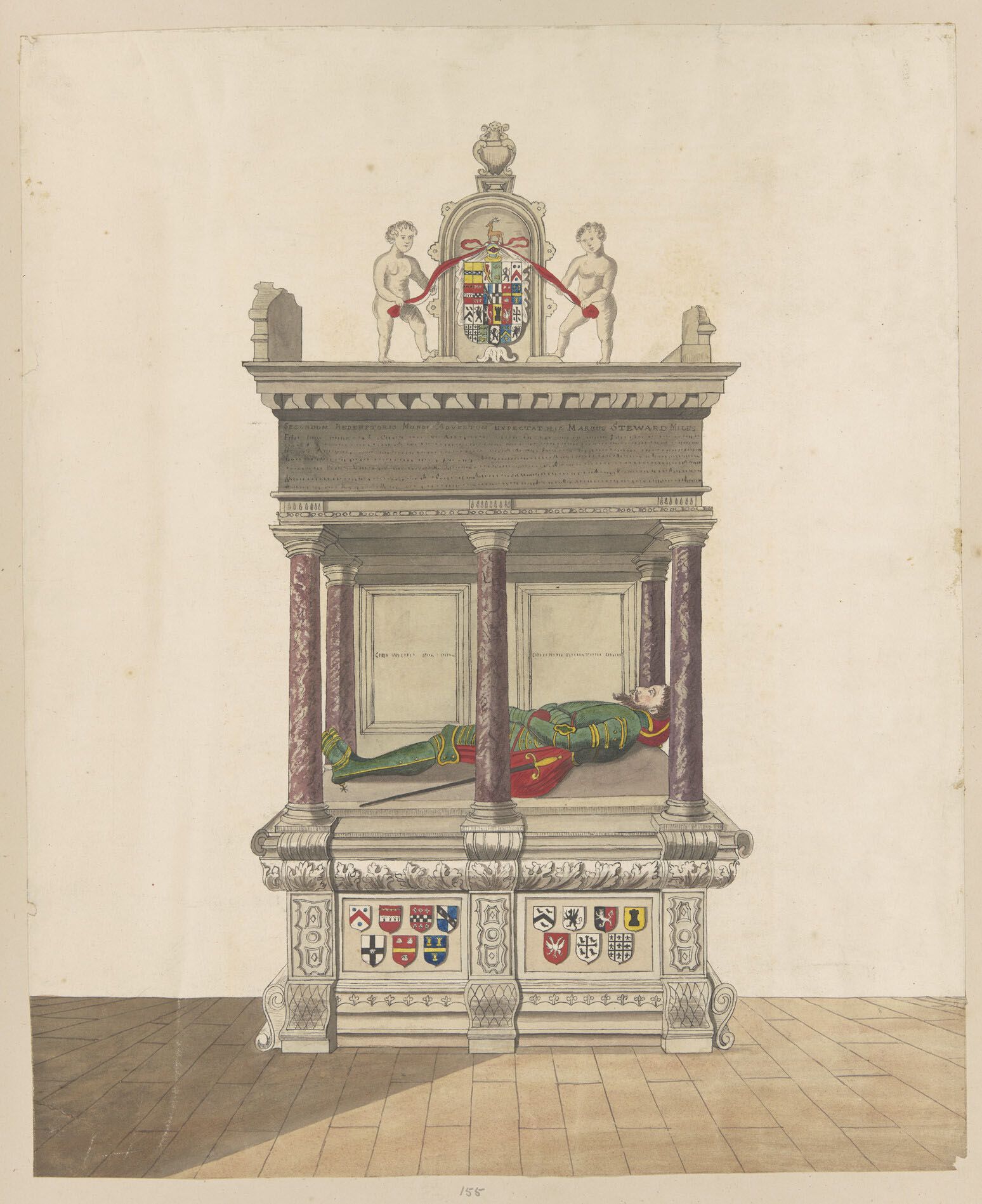
Drawing of the Monument of Sir Mark Steward in Ely Cathedral. Credit: Cambridge Antiquarian Society/Cambridge University Library
Drawing of the Monument of Sir Mark Steward in Ely Cathedral. Credit: Cambridge Antiquarian Society/Cambridge University Library
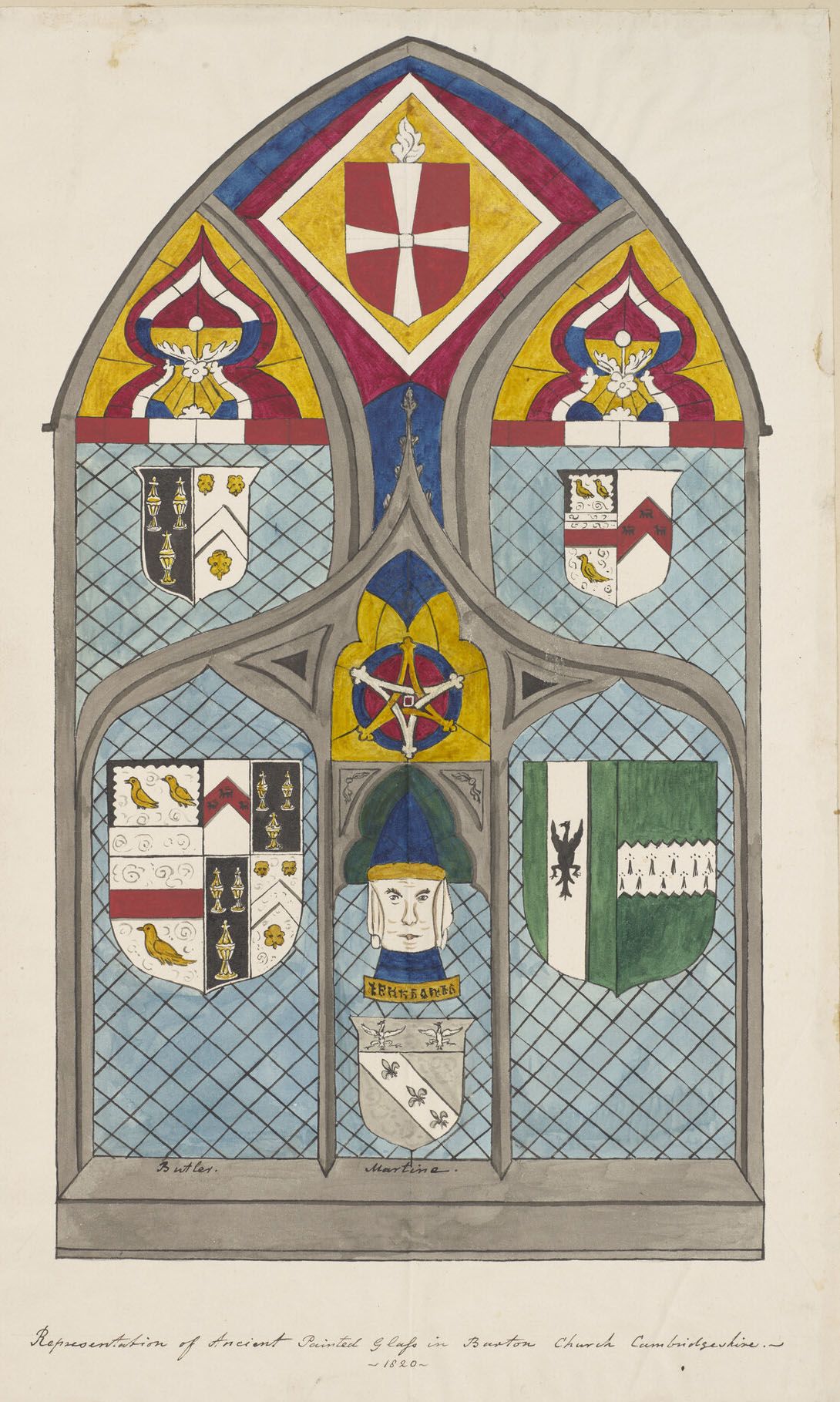
Ancient painted window at Barton Church from 1820. Credit: Cambridge Antiquarian Society/Cambridge University Library
Ancient painted window at Barton Church from 1820. Credit: Cambridge Antiquarian Society/Cambridge University Library
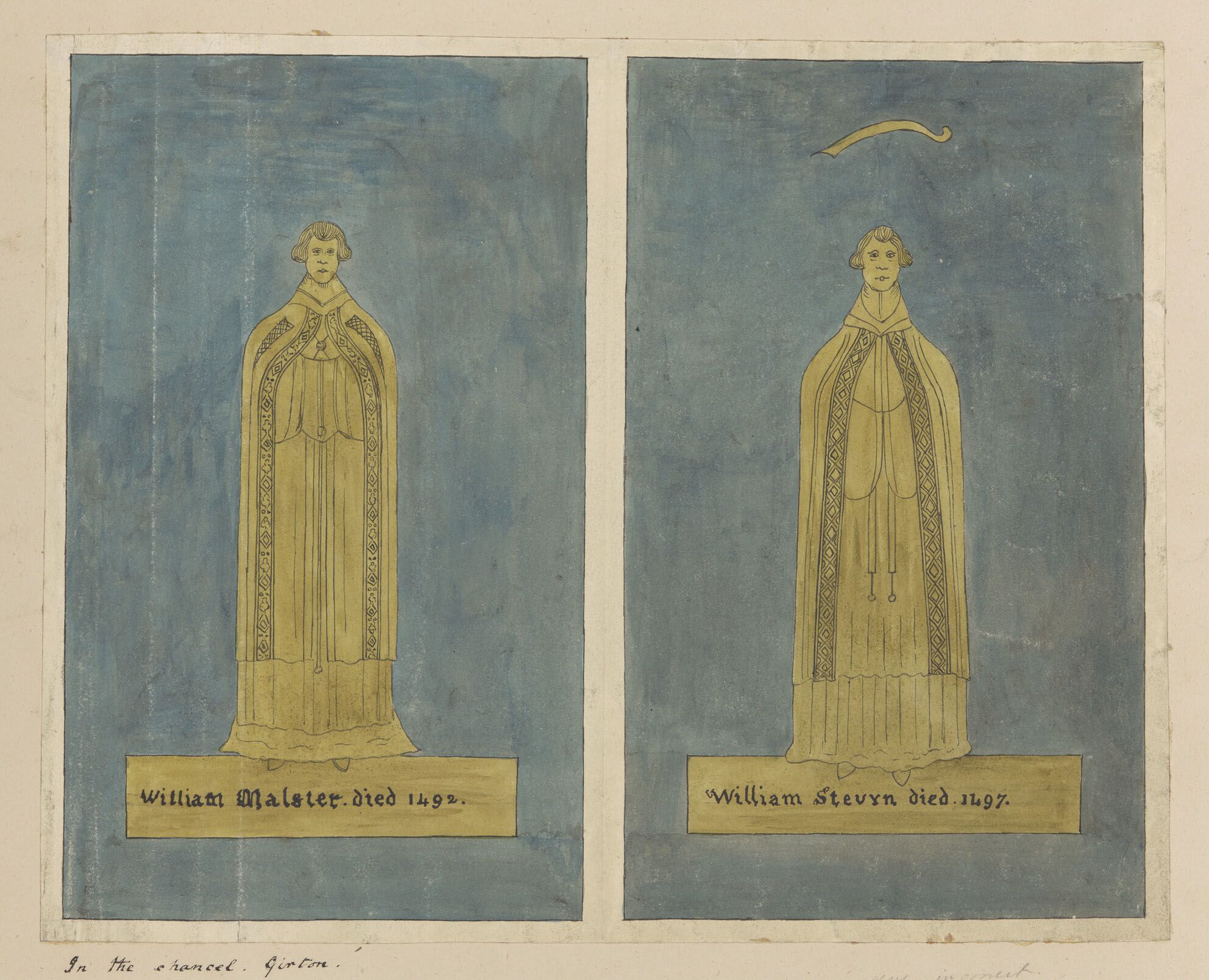
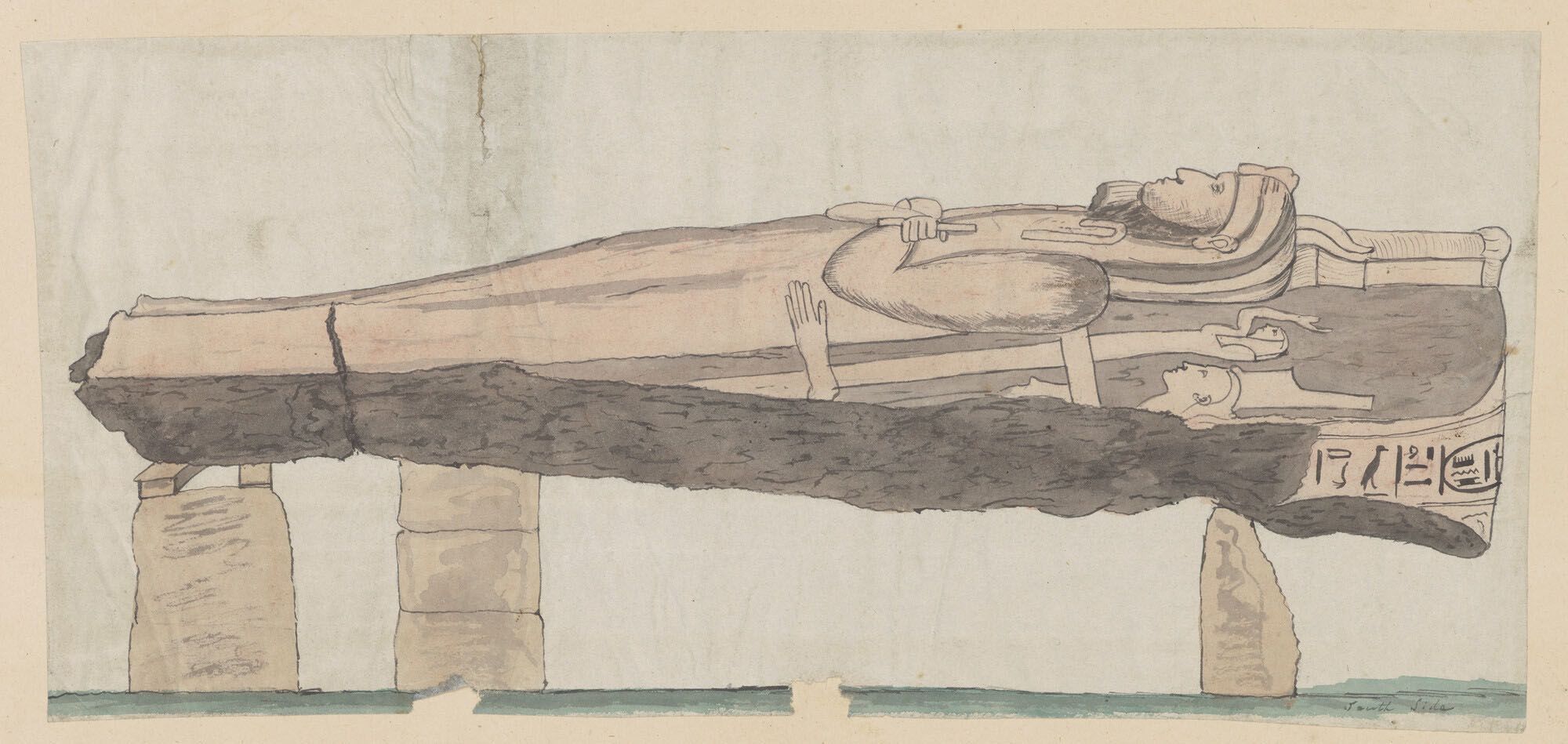
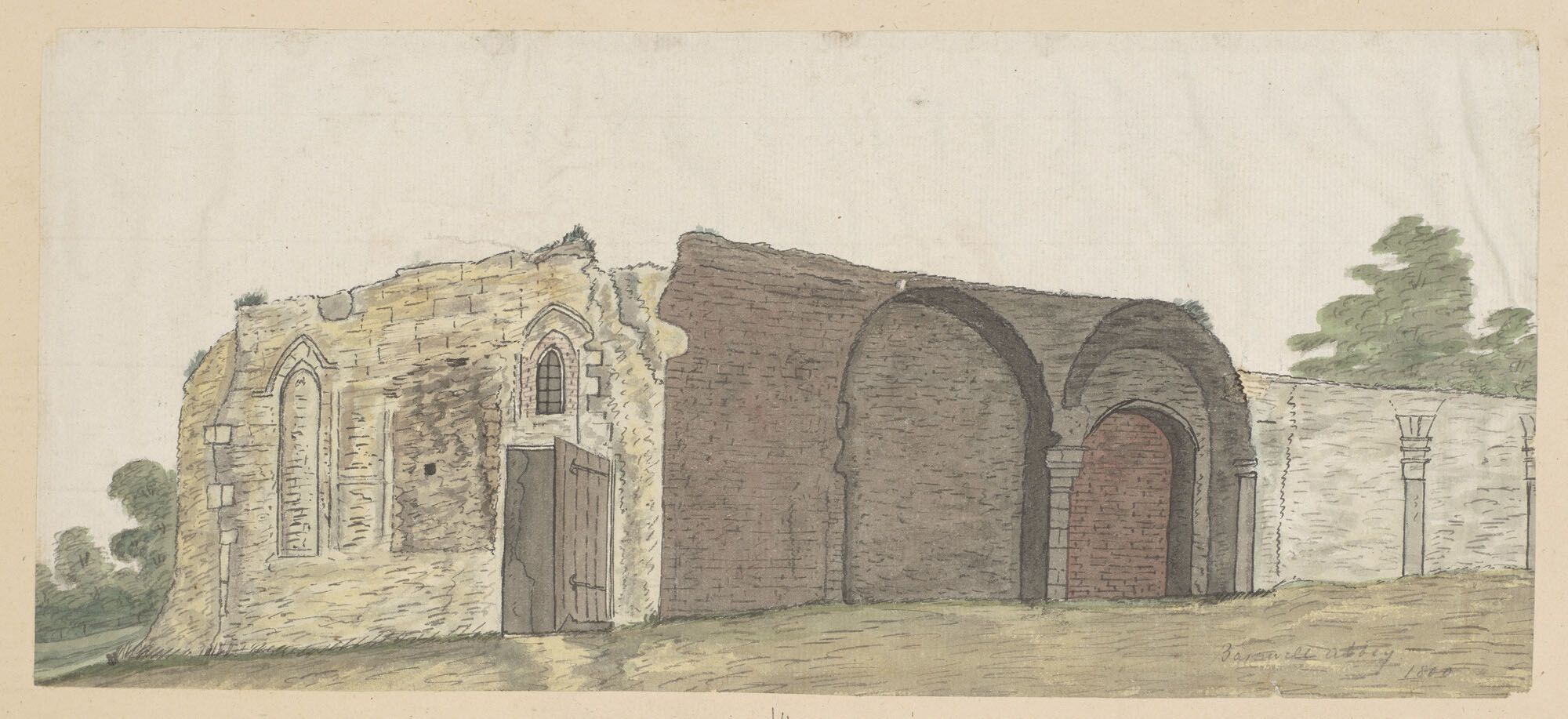

Drawing of brasses at Girton Church. Credit: Cambridge Antiquarian Society/Cambridge University Library
Drawing of brasses at Girton Church. Credit: Cambridge Antiquarian Society/Cambridge University Library

Sarcophagus of Rameses III in the Fitzwilliam Museum. Credit: Cambridge Antiquarian Society/Cambridge University Library
Sarcophagus of Rameses III in the Fitzwilliam Museum. Credit: Cambridge Antiquarian Society/Cambridge University Library

The Cellarer’s Chequer, a rare survival of Barnwell Priory. Credit: Cambridge Antiquarian Society/Cambridge University Library
The Cellarer’s Chequer, a rare survival of Barnwell Priory. Credit: Cambridge Antiquarian Society/Cambridge University Library
The drawings by Relhan join over more than half a million images of almost 40,000 items already accessible on the Digital Library. Items such as the notebooks of Darwin and Newton, historic books such as the Gutenberg Bible and the Codex Bezae as well as an illuminated copy of Shāhnāmah, the epic Persian poem.
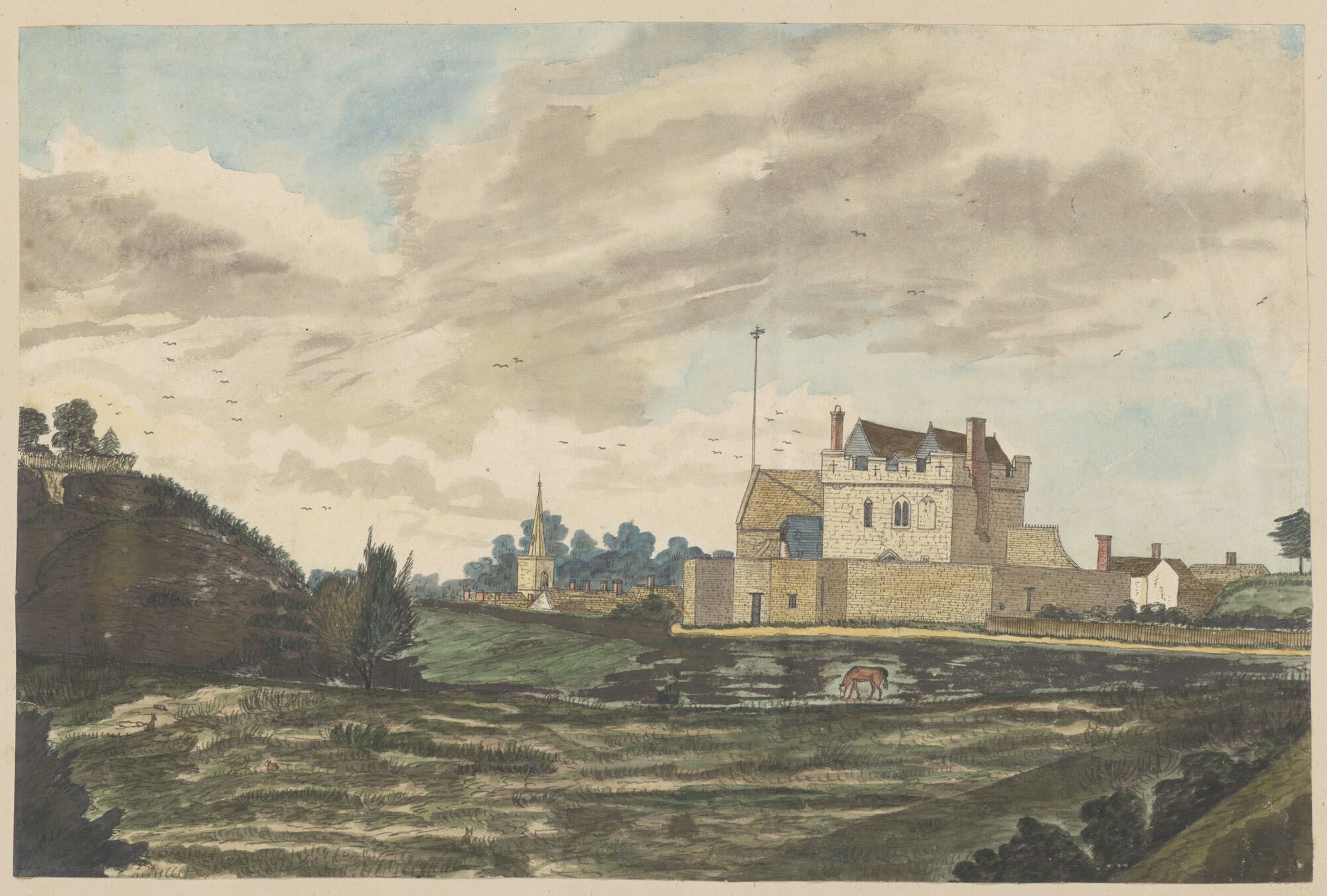
Cambridge University Library would like to thank the Cambridge Antiquarian Society and its members for all the work they have put in to help make this fantastic collection available to the public digitally for the first time.
You can read more about their work with the collection in this blog post.
If you have further questions about the project, please contact Alison Taylor
